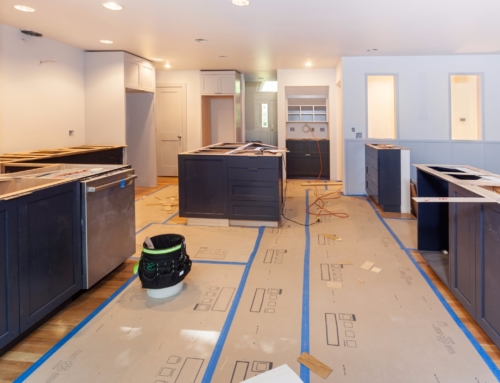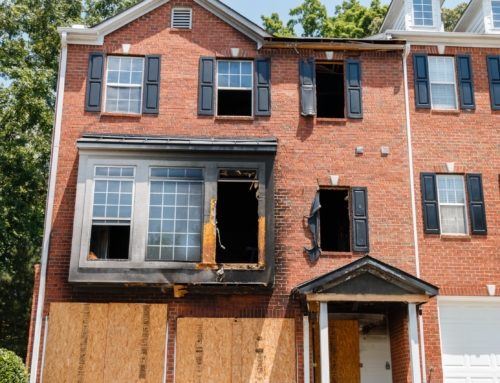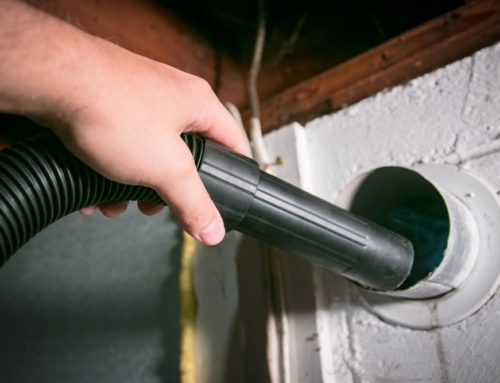Sarah Susanka, architect and author of the Not So Big House series, understands the importance of remodeling and making a house feel like your home. Susanka also believes that not many people know how to go about doing that.
“Part of why I wrote ‘The Not So Big House’ was that in working with enough clients, enough homeowners, I realized that most people had no idea what architects do, but once they understood, they started asking for it. They started saying, well that’s what I need,” Susanka says.
As an architect herself, Susanka is in the unique position to understand the remodeling process from both sides. She offers six tips on how to have a successful home remodeling while incurring the least number of missteps along the way.
- Communicate. Every part of home design and remodeling relies on quality communication. “The biggest challenge,” Susanka says, “is that architects see in a different way, often, than the homeowner. And so, there’s a need for a listening, really listening both ways.”
As a homeowner you have to make sure you are clearly conveying what you want in your new home design and you have to make sure your home designer pays attention and tailors the house to what you really care about.
- Be specific. You will not get the house you want if you can’t convey what you want. “The thing that I tell people is, the more specific you are, both in the design and in the materials that you’re going to be using, the more control you have over making sure that that house actually turns out according to your vision,” Susanka explains.
Look around your neighborhood and take pictures of houses you like. Also, look through home design magazines and bring clippings to your architect.
-
Understand the process. Architects try to be flexible and aim to please you as a client, but they may face physical limitations as to what you may ask of them in your home design. Understand scale and try to think through length, width and height with your architect as you discuss your home design. Asking questions rather than making demands will get you a lot farther with your architect and get you a lot closer to the home design plan you want, Susanka says.
-
Show them the money. If your architect or your builder is not talking about money for your home design–panic. And then bring it up yourself. As an architect, Susanka admits she wants every home design project she works on to be the greatest, but there comes a time when money provides a reality check.
“Even though it’s hard to do because you don’t want to really sully this dream with cold hard greenbacks — it just isn’t inspiring — and yet, if you don’t, you are headed for cataclysm,” Susanka says.
-
Give it time. Home remodeling and design is a long process, don’t rush it. “I wouldn’t try to go through the design process in less than six months,” Susanka says. “I would probably allow a year, if you can, if you have that flexibility. And I would try not to give yourself an absolute deadline, because the biggest problems I’ve seen in the construction process is when a client is aiming for their daughter’s wedding on July 11 of the following year.”
-
Save money to get what you want. If you finally have a house design plan that you love, but are looking for a way to save some money, don’t just remove part of your plan (it might not even be feasible). Go for cheaper supplies you’re your home design instead.
“The cost of the material is not going to make the house better. Reapportion the dollars more into the design, less into the materials,” Susanka says.
For more stories on home improvement, home inspections, real estate and personal finance visit ThinkGlink.com. Also check out our stories on garden design and minimalist home design.
August 19, 2008






Leave A Comment